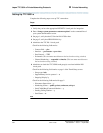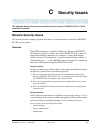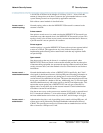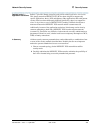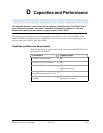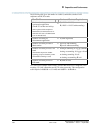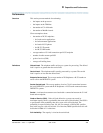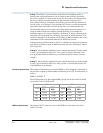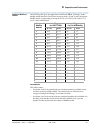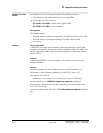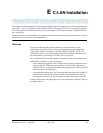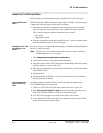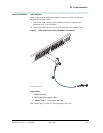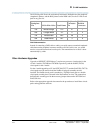
409
Administration for Network Connectivity
555-233-504 — Issue 1 — April 2000 CID: 77730
D Capacities and Performance
Performance
Overview This section presents methods for estimating:
• the impact on the processor
• the impact on the TDM bus
• the number of C-LAN boards
• the number of MedPro boards
Given assumptions about:
• the number of H.323 endpoints:
~ # of road-warrior applications
~ # of telecommuter applications
~ # of native H.323 phones
~ # of H.323 Tie trunks
~ # of H.323 DID trunks
• average number of C-LAN connections per H.323 endpoint
• number of audio streams per DSP
• grade of service (GOS)
• average call holding times
Definitions Offered Load. The telephone traffic arriving at a system for processing. The offered
load is equal to or greater than the carried load.
Carried Load . The telephone traffic actually processed by a system. The carried
load is equal to or less than the offered load.
Endpoint Carried Load. The average number of IP Softphones + H.323 trunks on
active calls to the DEFINITY system.
Socket Carried Load. The average number of active C-LAN connections between
the local DEFINITY system and the IP Softphones + H.323 trunk-connected remote
DEFINITY systems.
Socket. A software data structure associated with a connection between the C-LAN
board and an endpoint.
Grade of Service (GOS). If the call load offered to a system can exceed its
maximum capacity, there is a probability that some calls will be blocked. The GOS is
a specification of the probability that one or more calls will be blocked. The
probability is expressed in the form, P0...0X. For example, a GOS of P01 specifies
that, in the long run, calls will be block 1% of the time; P0001 specifies that calls will
be blocked 1/100th of 1% of the time.
Full Availability. The capacity is sized to the carried load.




